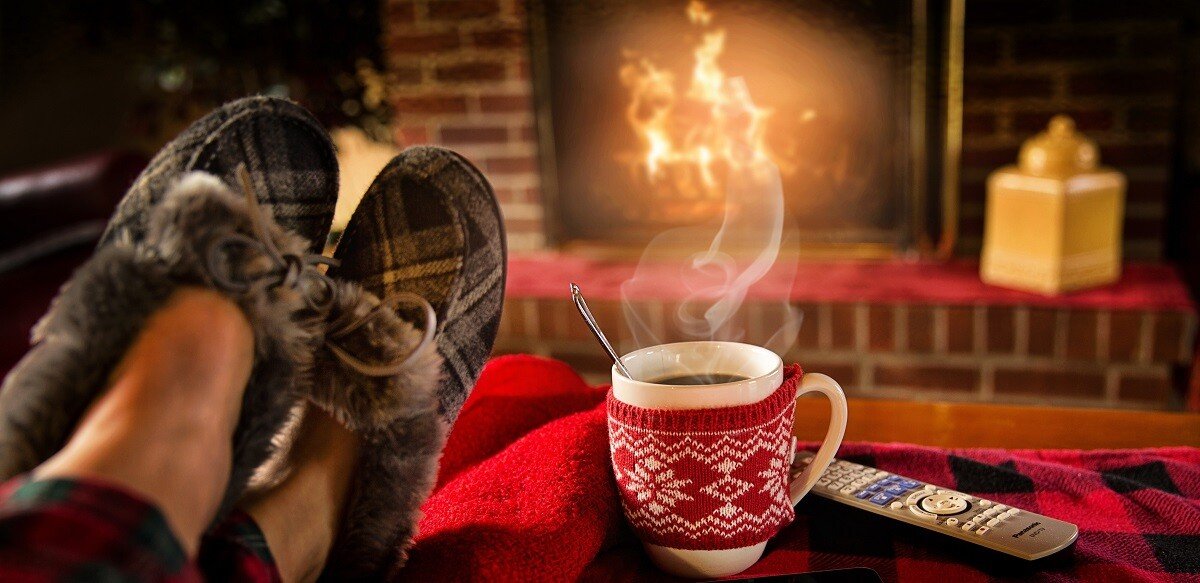Insulation Board FAQs

Why do I need insulation boards?
Underfloor heating systems require waterproofing and heat proofing to protect the product and the visible flooring. Insulation boards provide a layer between the exposed electrical elements and the sub-base foundation. Providing an air tight and thermally insulated covering, polystyrene and polyfoam panels are necessary for effective underfloor heating.
Great for new builds and extensions, insulation boards are easy to install on top of flat concrete and screed bases. The size and type of board appropriate depends upon its purpose and the variant of electrical underfloor heating it is required to protect.
Which insulation board do I need?
The appropriate insulation board depends upon the level of insulation, the type of foundational sub-base, and whether the underfloor heating system is mat, foil or wet. Suitable for commercial and residential use, insulation boards are easy to cut and shape to fit any sized room.
Insulating under tiled floors requires a denser material which won’t rot or warp under pressure. Wooden, laminate and carpeted floors can use the more affordable extruded polystyrene insulation which is also water proof and stable. Wet systems require floating floor panels made of polystyrene and high tech aluminium foil. These can be laid very quickly but are not suitable for tiling.
The thicker the insulation board the more air tight and thermal resistance the board offers. Larger boards are generally more expensive but could contribute toward your heating solution savings. Our high quality products, with correct installation, are expected to match the longevity of the house.
Tile backer boards and wet system solid floor panels need to be secured with panel fixings, whereas polystyrene boards are held with heat resistant tape. Wet floating boards feature carved-out channels, benefitting an even distribution of heat across the entire floor surface.
How easy is it to install?
All our insulation boards are lightweight and easy to cut and shape to fit any room. They can be cut with a sharp knife or fine-toothed saw, this will not compromise their durability or insulation values. Laying them in a brick pattern is recommended, and the addition of self-adhesive mesh will strengthen the joints.
Purchasing a slightly larger board span will maximise airtightness as it can be butted together tightly. If installed correctly, insulation boards can provide reliable long-term thermal performance over the lifetime of the building.
What if my boards get damp?
Make sure your boards are dry before using them. They can be dried naturally in warm indoor spaces, letting water evaporate away over time. Keep them away from direct sunlight and well ventilated at room temperature. Ideally the boards should be laid all at once to prevent water infiltration or damage.
If boards get dirty or mouldy, they should be thoroughly cleaned and left to dry or replaced.




